Make-shift Winery in Norway
Underground in more than one sense of the word, DIY wine making has a long tradition in Norwegian culture. Tanya Busse and Joar Nango’s Vestavin documents how improvised equipment turns a multitude of locally available produce into unique wines in basements, bus stations and other unlikely places.
Norway is not a place typically associated with wine production. This is not due to the climate, as the Gulf Stream keeps much of Norway’s fertile western coast free of ice and snow throughout the year. Rather, decades of government efforts to control alcohol consumption through strict regulation and extremely high taxation have driven domestic alcohol production underground and made DIY home wineries an intrinsic part of Norwegian life.
The government-owned Vinmonopolet (Wine Monopoly) stores are the only places to buy wines and spirits legally in Norway. Excise taxes levied on alcohol, containers and packaging combined with 25% VAT can quadruple the retail price of a bottle of wine.
The products of these improvised operations are unique. Naturally, Norwegian grapes are influenced by the climate, soil and short growing season. More importantly, however, Norwegian wines are made not only from grapes, but from all sorts of fruits, berries, saps, leaves, seaweeds and even flowers. This variegated small-scale production is part of the local tradition, and the wines are generally not intended for sale, but for home consumption.
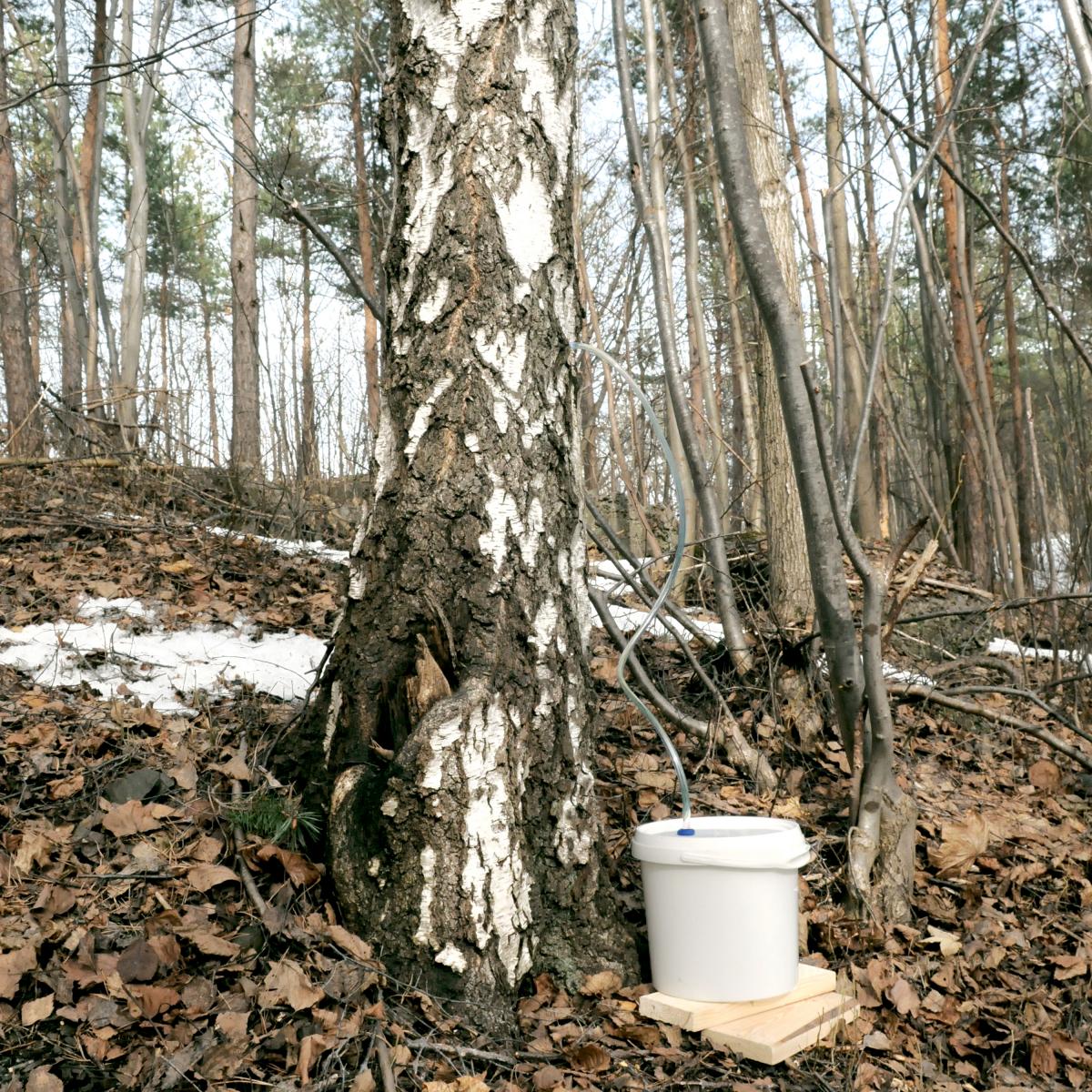
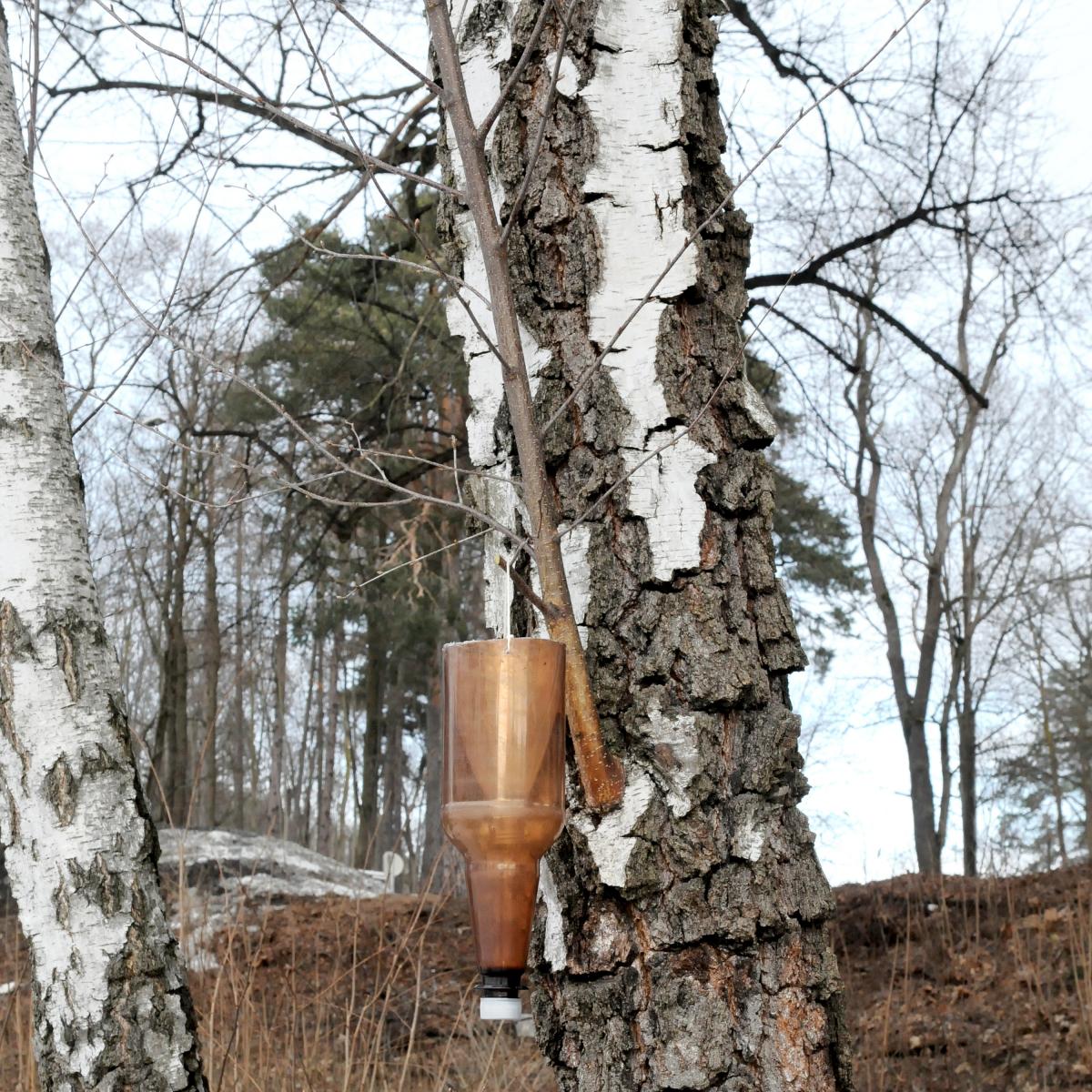
This tradition of making DIY wine from local resources is the subject of Vestavin (Wine of the West), a project of artists Tanya Busse and Joar Nango. It includes photos, essays, recipes and descriptions of production methods, as well as ideas for managing distribution and organising public tastings.
You seem to enjoy a good story
Sign up to our infrequent mailing to get more stories directly to your mailbox.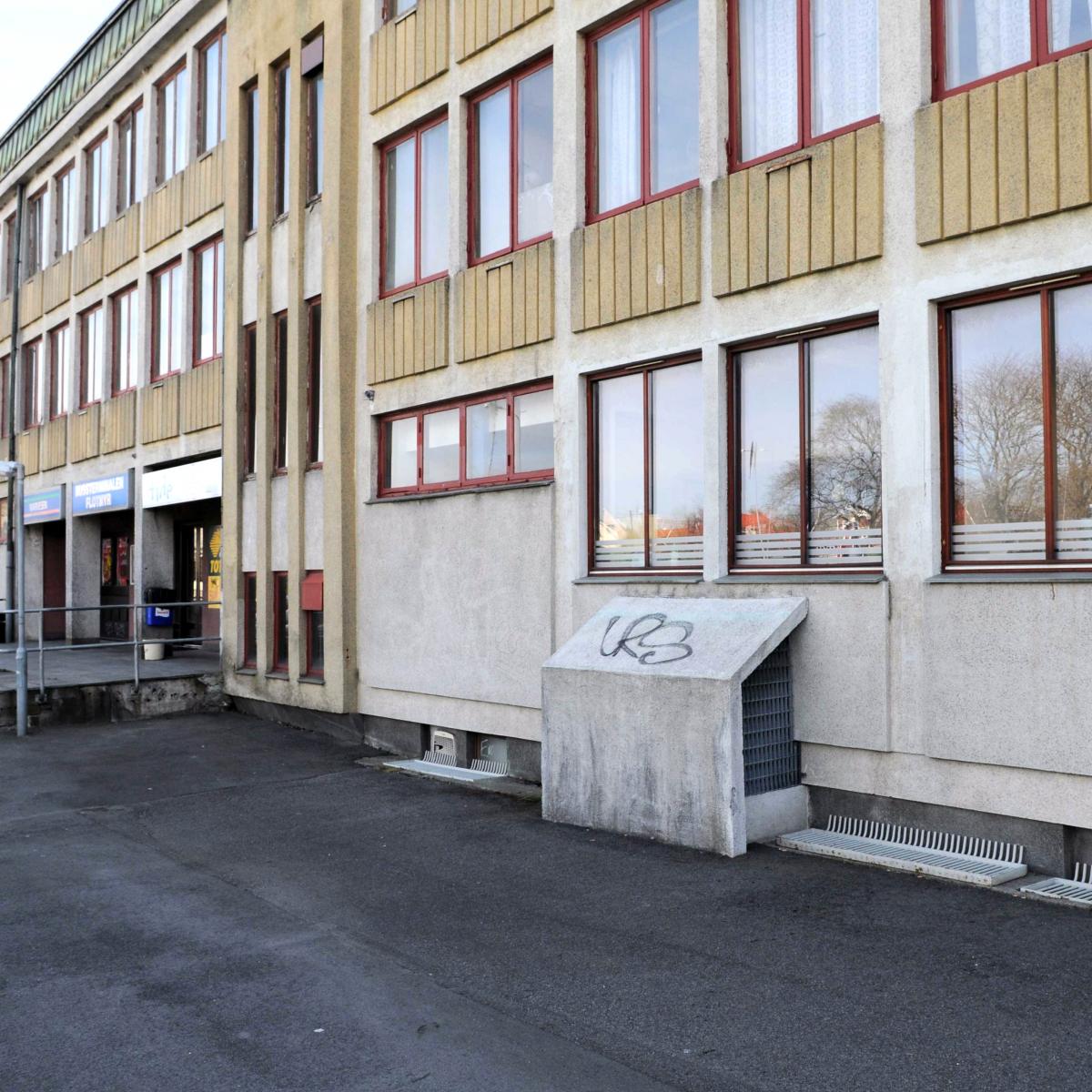
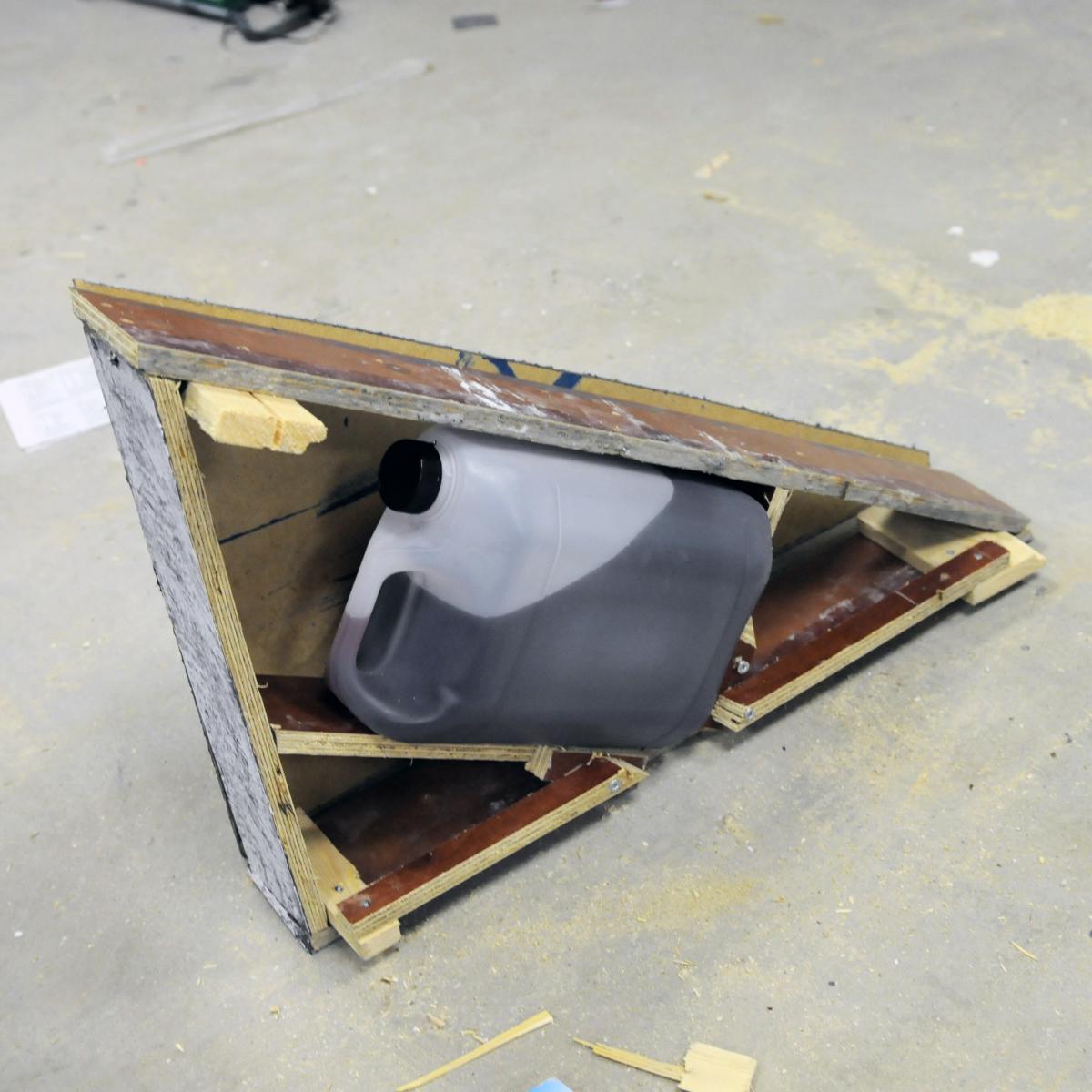
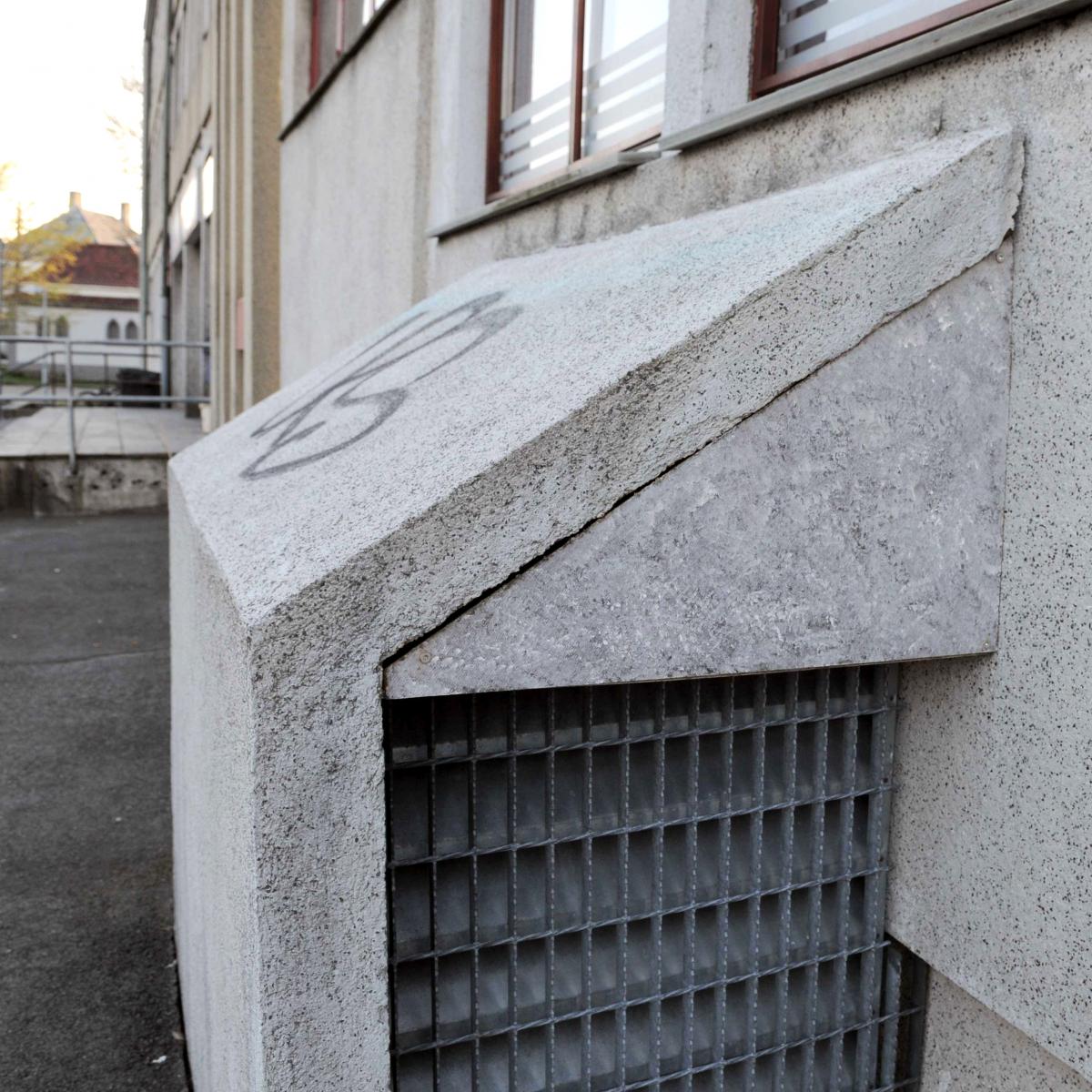
Busse and Nango, aware that not everyone has a cellar to work in, sought out other places that provided the necessary conditions for successful fermentation: darkness, a temperature appropriate to the type of wine, and low oxygen levels. Surprisingly, a local library, an underground parking garage and the back of a bus station were among the places ideally suited to the task, although the improvised fermentation stations needed to be cleverly camouflaged so that the yeast could do its job undisturbed.
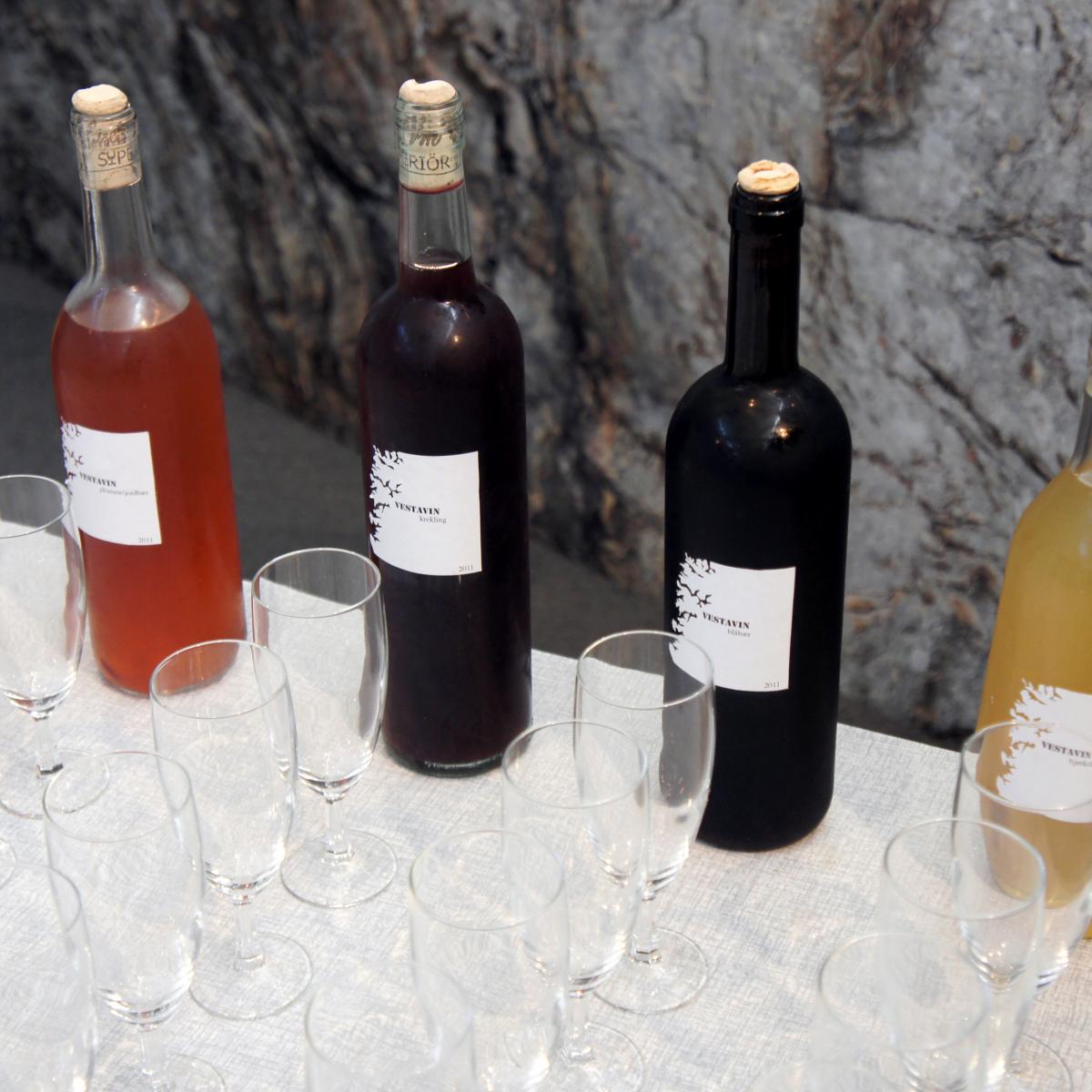
Vestavin culminated in a public tasting, and people who gathered or donated raw products were invited to a degustation featuring flavourful wines made from rowan berries, plums, blueberries, lingonberries, oak leaf and birch sap. Besides documenting an important part of Norwegian culture, the project serves as a symbol of folk ingenuity and a celebration of the DIY spirit.

